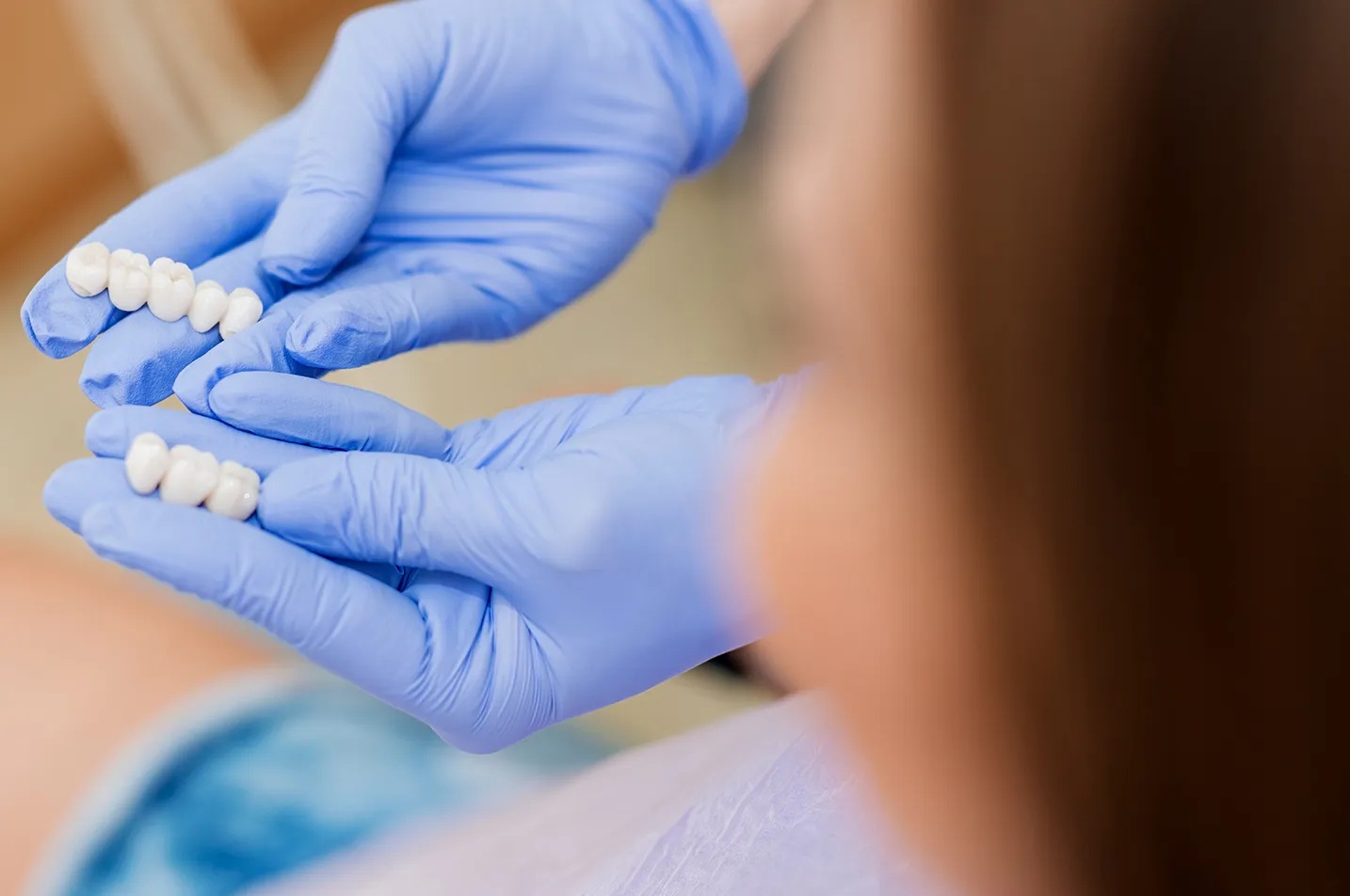
Porcelain Inlays and Onlays
The Problem:
- Badly decayed or fractured teeth
- Large fillings that are falling from cracks or decay
- Need to protect and strengthen teeth
The Solution:
A porcelain inlay or onlay is a custom made filling made of porcelain by a professional dental laboratory and is permanently cemented onto the tooth by your dentist. Onlays are essentially identical to inlays with the exception that one or more of the chewing cusps have also been affected and need to be included in the restoration. Onlays are sometimes called partial crowns.
Inlays and onlays can be used to conservatively repair teeth that have large broken fillings or have been damaged by decay or trauma. Onlays are an ideal alternative to crowns (caps) because less tooth structure is removed in the preparation of onlays. As with most dental restorations, onlays are not always permanent and may someday require replacement. They are highly durable and will last many years, giving you a beautiful long lasting smile.
In order to make a porcelain inlay or onlay, old fillings and decay are removed and cleaned from the tooth and a highly accurate impression or mold is made of the prepared surface. This mold is used to create a model of the tooth which is then sent to a special laboratory that will create the restoration. The porcelain inlay/onlay is then cemented onto the prepared surface of the tooth.
Advantages Porcelain Inlays and Onlays:
Porcelain inlays and onlays are very strong due to the fact that they are created in a laboratory. This protects and strengthens the remaining tooth structure. In the hands of a skilled dentist, the restoration will fit almost perfectly onto the prepared surface of the tooth, reducing the size of the seam between the inlay/onlay and the tooth. This helps keep decay from eventually occurring under the restoration.
Porcelain inlays and onlays should be placed before the tooth is so decayed that it may fracture. This can often help prevent the expense of root canal therapy in the future. It can also prevent the possibility that a fractured tooth may need to be removed, requiring the expense of a bridge or dental implant to replace the missing tooth.
Disadvantages of Porcelain Inlays and Onlays:
Porcelain inlays and onlays are excellent restorations and have few disadvantages. They are highly durable, but they may eventually need to be re-cemented or replaced due to normal wear.
If the tooth is fractured, a porcelain crown will often provide better protection to the tooth than a porcelain inlay or onlay.
Alternatives for Porcelain Inlays and Onlays:
Gold may be used instead of porcelain for the inlay or onlay material. Gold inlays and onlays are very durable restorations and offer the same long-lasting benefits as porcelain. Some people, however, may find the color of gold objectionable in visible areas. Composite fillings may also be an alternative to porcelain inlays or onlays. These fillings take less time to complete and are more cost effective initially, but they are less durable for large restorations and will require replacement sooner, and will be more costly in the long run. Finally, a porcelain crown may be an alternative to a porcelain onlay, but requires the removal of more healthy tooth structure and is less conservative.


 (626) 577-2017
(626) 577-2017